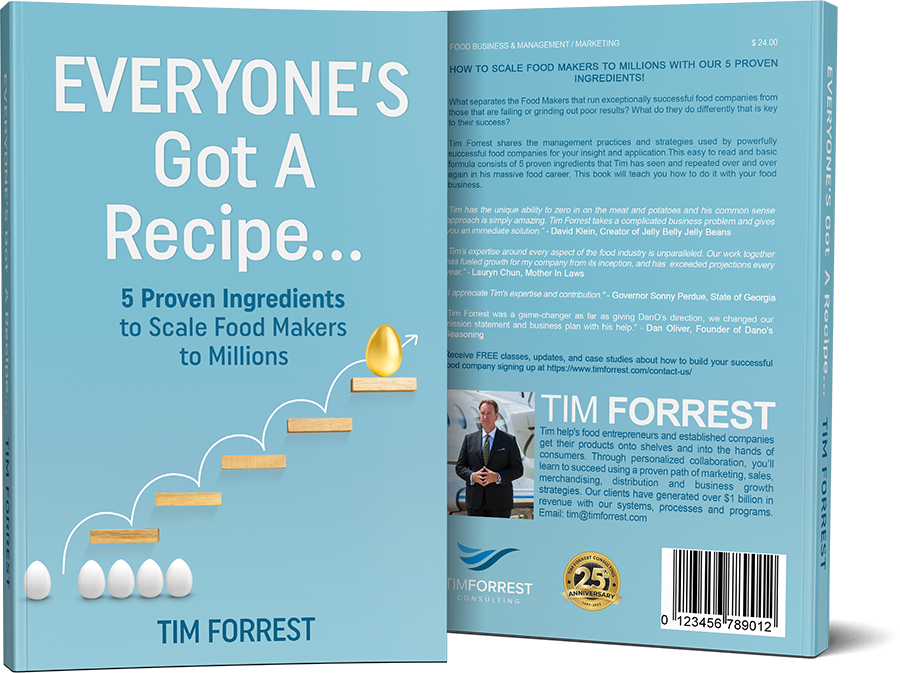5 Key Financial Ratios to Measure Your Food Business Against Industry Giants
In the competitive world of food and beverage, understanding how your business stacks up against industry leaders is crucial for growth and success. Our recent analysis of some of the biggest names in the food industry – including Coca-Cola, PepsiCo, Mondelez, and Unilever – reveals five key financial ratios that can help you benchmark your food business’s performance.
- Gross Margins Gross margin is a critical indicator of your product’s profitability. It shows how much revenue you retain after accounting for the direct costs of producing your goods. Industry giants often have higher gross margins due to economies of scale and efficient production processes.
- Operating Margins Operating margin measures profitability after considering all operating expenses. This ratio gives insight into how well a company manages its overall costs relative to revenue. Top food companies maintain healthy operating margins through effective cost control and operational efficiency.
- Return on Equity (ROE) ROE is a measure of financial performance calculated by dividing net income by shareholders’ equity. It shows how effectively a company uses investments to generate earnings growth. Leading food corporations often boast strong ROE figures, indicating efficient use of capital.
- Days Sales Outstanding (DSO) DSO represents the average number of days it takes to collect payment after a sale is made. A lower DSO is generally better, as it means the company collects payments more quickly. Industry leaders typically have streamlined processes to manage their accounts receivable effectively.
- Advertising Spending While not a ratio per se, advertising spending as a percentage of revenue is a crucial metric in the food industry. Brands like Coca-Cola and PepsiCo are known for their significant advertising budgets, which help maintain their market dominance.
By comparing your food business’s performance in these areas to industry benchmarks, you can identify strengths and areas for improvement. Remember, while these ratios provide valuable insights, they should be considered alongside other factors such as market trends, product innovation, and customer satisfaction.
Are you ready to take your food business to the next level? Whether you have an innovative product or a growing brand, Tim Forrest can help you navigate the complexities of the food industry and achieve your growth goals. Schedule an appointment at www.timforrestmarkets.com to start your journey towards becoming a market leader.
 “Hi I’m Tim, and I love the food business! I’ve been helping large and small companies and entrepreneurs achieve success for decades. My consulting projects have contributed to major successes for my clients, including many with 100%+ year-over-year growth rates. I enjoy sharing my expertise, and hope you find these blog posts enlightening. Please reach out to me with any questions or comments.”
“Hi I’m Tim, and I love the food business! I’ve been helping large and small companies and entrepreneurs achieve success for decades. My consulting projects have contributed to major successes for my clients, including many with 100%+ year-over-year growth rates. I enjoy sharing my expertise, and hope you find these blog posts enlightening. Please reach out to me with any questions or comments.”












 We help food entrepreneurs and established companies get their products onto shelves and into the hands of consumers. Through personalized collaboration, you’ll learn to succeed using a proven path of marketing, sales, merchandising, distribution and business growth strategies. We’ve generated over $1 billion in revenue and company valuations for our clients. Let us put our expertise to work for you.
We help food entrepreneurs and established companies get their products onto shelves and into the hands of consumers. Through personalized collaboration, you’ll learn to succeed using a proven path of marketing, sales, merchandising, distribution and business growth strategies. We’ve generated over $1 billion in revenue and company valuations for our clients. Let us put our expertise to work for you.





